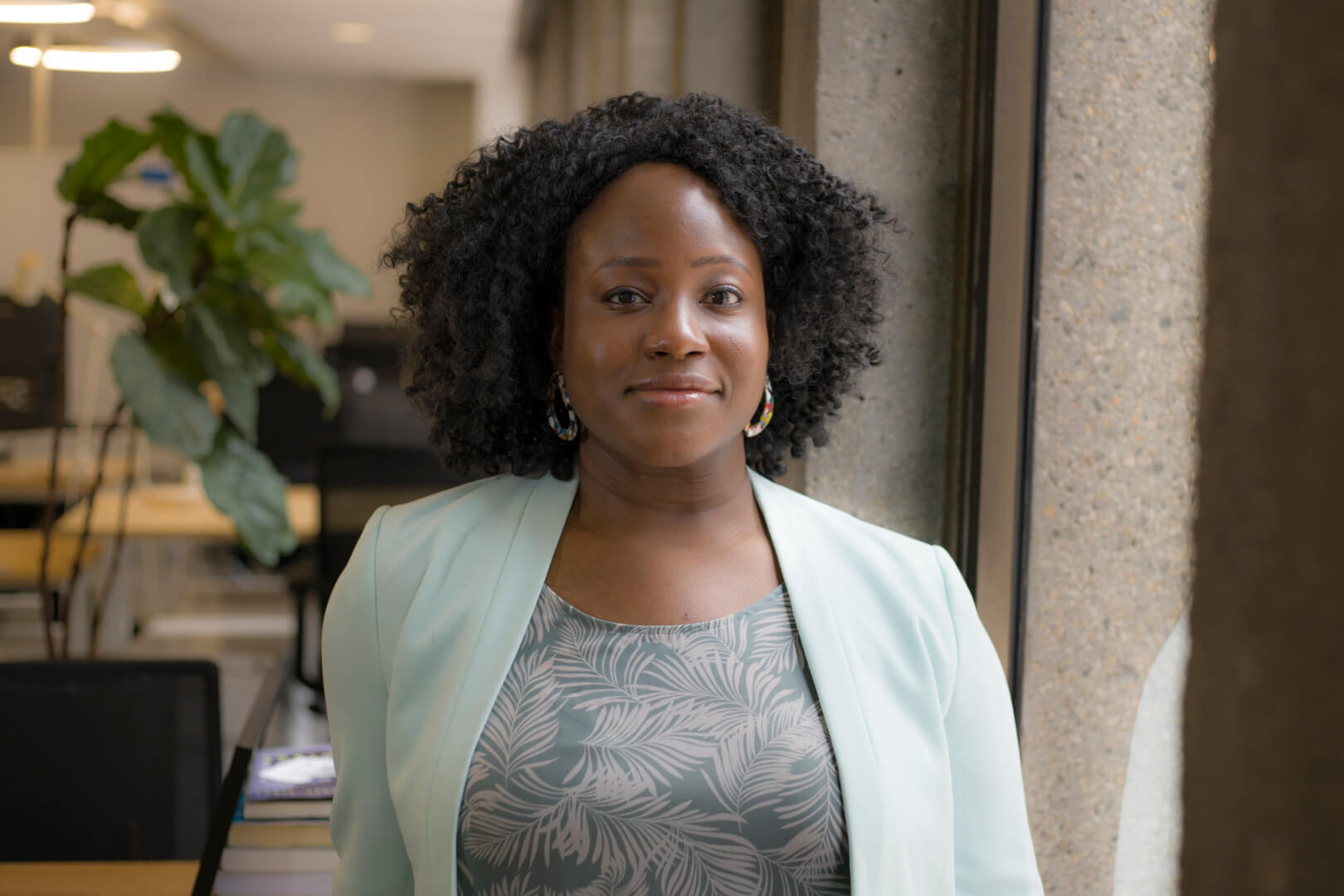In the coming years, America's aging population will undergo a significant transformation. By the end of this […]
Home care agencies have risen to meet a previously unimaginable set of challenges in the past year. At CareAcademy we’re committed to helping your home care agency thrive in these trying times. That’s why we sat down with home care leaders to get their perspectives on how agencies can rise to the challenges presented by the COVID-19 pandemic and emerge stronger.
As the national vaccination roll out offers a much needed light at the end of the tunnel, Helen Adeoson, CareAcademy's CEO and Founder, talked to home care leaders to get their take on how our healthcare ecosystem has been changed by COVID-19. Learn more about what’s next for home care in a post-covid environment from David Rosales, Executive Vice President and Chief Strategy Officer at Visiting Nurses Services of New York, and Susan Brett, COO and Sr. VP of People Care, Inc.
What is the biggest challenge in home healthcare today, and how do we fix it?
“One of the biggest challenges we face every day is this view of home care as an ancillary commodity, rather than front-and-center in healthcare. Our caregivers are the closest providers to their patients. But from a reimbursement standpoint and in value-based arrangements, home care is pushed off to the side. So we’re always looking for ways to tie the work that we do to the value that we provide. And over the next several years, that’s the journey that we need to continue on: transforming personal care delivered in the home from something that’s measured in hours, to being rewarded for the outcomes that we are able to produce.”
- David Rosales, VNSNY
“I think looking ahead, when we look at various integrated models and incentive programs based on values-based care, as an organization we look at how we can utilize our workforce. For example, in our organization we’ve got home health aides and personal health aides. So we’re always thinking about how, within their scope of practice, what can we do to heighten their value in the industry to meet certain outcome measures for patient care?
As a result of values-based care and incentives, we created values-based training programs for our home health aides. These training programs centered on what caregivers could do in the home with their patients to achieve certain outcomes; we were also able to use a mobile app that allows our home health aides to capture outcomes and report outcomes in real time. Ultimately, home care agencies have to look at what is needed in the community and the opportunities with our workforce.”
- Susan Brett, People Care
How do you recruit and retain quality direct care workers in light of such significant demand?
“You have to be an organization that is easy to work with in terms of the processes. But then there’s the human element: I can’t over-emphasize the role of the supervisor or manager level staff. That’s the face of your organization to your caregivers, and you need to have a trusting, positive relationship and communication between front line supervisors and front line caregivers for retention.
There are also compensation and training opportunities that are levers that we have to pull, but we have to ask ourselves 'what is the experience like of working for our organization?' and then really empower our front line managers to be supportive and nurturing of our caregivers.”
- David Rosales, VNSNY
“Hiring and attracting caregivers is an ongoing challenge. We are an organization that invests quite highly in education. We invest in a lot of speciality training for our home health aides to be on the forefront and meet the needs of the patients we service, like disease specific training. This has always attracted home health aides and personal care aides, in a way that exceeds state requirements. However, not in a way that it becomes burdensome to the caregivers -- we have to understand that fine line that helps us to be easy to work with.”
- Susan Brett, People Care
What ways are you reducing friction in your application processes?
"In terms of recruitment, what used to take as many as eight days to recruit one individual is now taking maybe four. When we recruit, we are licensed to do our own home health aide and personal care training program. So having someone come in who has no prior home care experience than when someone comes from a different agency with a certificate.
There are certain regulations that we have to perform and wait for results, including criminal background checks, drug testing, physicals and reference checking -- all of that is still done in person. But what I’m excited about is that during the pandemic we learned to do our training and in services on Zoom. We were able to set up new individuals and existing caregivers with innovative ways to use technology, which has expedited the onboarding process."
-Susan Brett, People Care
What’s next for home care?
The COVID-19 pandemic has permanently altered our healthcare ecosystem. However, with the right planning your home care agency can rise to these challenges and emerge stronger. Watch the full webinar more guidance from David Rosales and Susan Brett!






